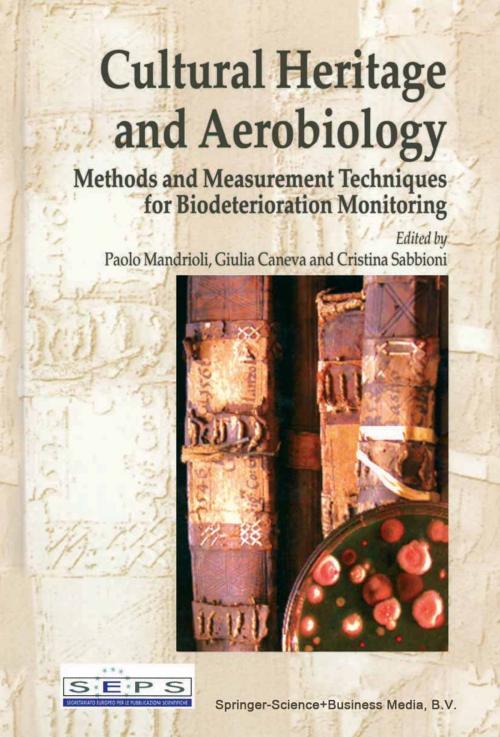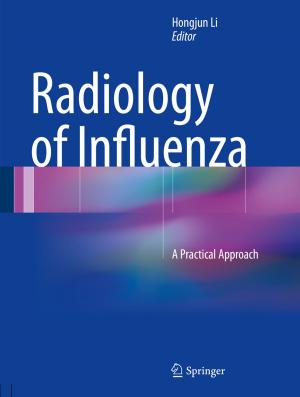Cultural Heritage and Aerobiology
Methods and Measurement Techniques for Biodeterioration Monitoring
Nonfiction, Science & Nature, Technology, Environmental, Social & Cultural Studies, Social Science, Anthropology| Author: | ISBN: | 9789401701853 | |
| Publisher: | Springer Netherlands | Publication: | June 29, 2013 |
| Imprint: | Springer | Language: | English |
| Author: | |
| ISBN: | 9789401701853 |
| Publisher: | Springer Netherlands |
| Publication: | June 29, 2013 |
| Imprint: | Springer |
| Language: | English |
Aerobiology is the science that studies the biological component of the atmosphere and its effects on living systems and on the environment. This term was used for the first time in 1935, but the attention of scientists to the biological component of the atmosphere goes back to 1769, when the Italian biologist Spallanzani carried out a series of experiments that disproved the concept of spontaneous generation of life and proved the presence of viable microorganisms in the air. Aerobiology has marked characteristics of interdisciplinarity: its application fields range from respiratory diseases to the airborne outbreak of animal and vegetal diseases and to the biodegradation of substances and materials. The latter is the subject of this book. The purpose of aerobiological research applied to the conservation of cultural heritage is to evaluate the risk of alteration by airborne microorganisms of materials forming artefacts of historical, artistic and archaeological interest. Airborne spores and vegetative structures may develop on different substrates and may be a cause of degradation, in relation to the types of materials, the microclimatic situation and the pollution of the conservation environments. The qualitative and quantitative evaluation of the biological component of air, performed by means of targeted analysis campaigns, and of the characteristics of materials and environments, supplies indispensable information for the evaluation of the actual risk and the planning of interventions. This book is divided into four main parts.
Aerobiology is the science that studies the biological component of the atmosphere and its effects on living systems and on the environment. This term was used for the first time in 1935, but the attention of scientists to the biological component of the atmosphere goes back to 1769, when the Italian biologist Spallanzani carried out a series of experiments that disproved the concept of spontaneous generation of life and proved the presence of viable microorganisms in the air. Aerobiology has marked characteristics of interdisciplinarity: its application fields range from respiratory diseases to the airborne outbreak of animal and vegetal diseases and to the biodegradation of substances and materials. The latter is the subject of this book. The purpose of aerobiological research applied to the conservation of cultural heritage is to evaluate the risk of alteration by airborne microorganisms of materials forming artefacts of historical, artistic and archaeological interest. Airborne spores and vegetative structures may develop on different substrates and may be a cause of degradation, in relation to the types of materials, the microclimatic situation and the pollution of the conservation environments. The qualitative and quantitative evaluation of the biological component of air, performed by means of targeted analysis campaigns, and of the characteristics of materials and environments, supplies indispensable information for the evaluation of the actual risk and the planning of interventions. This book is divided into four main parts.















